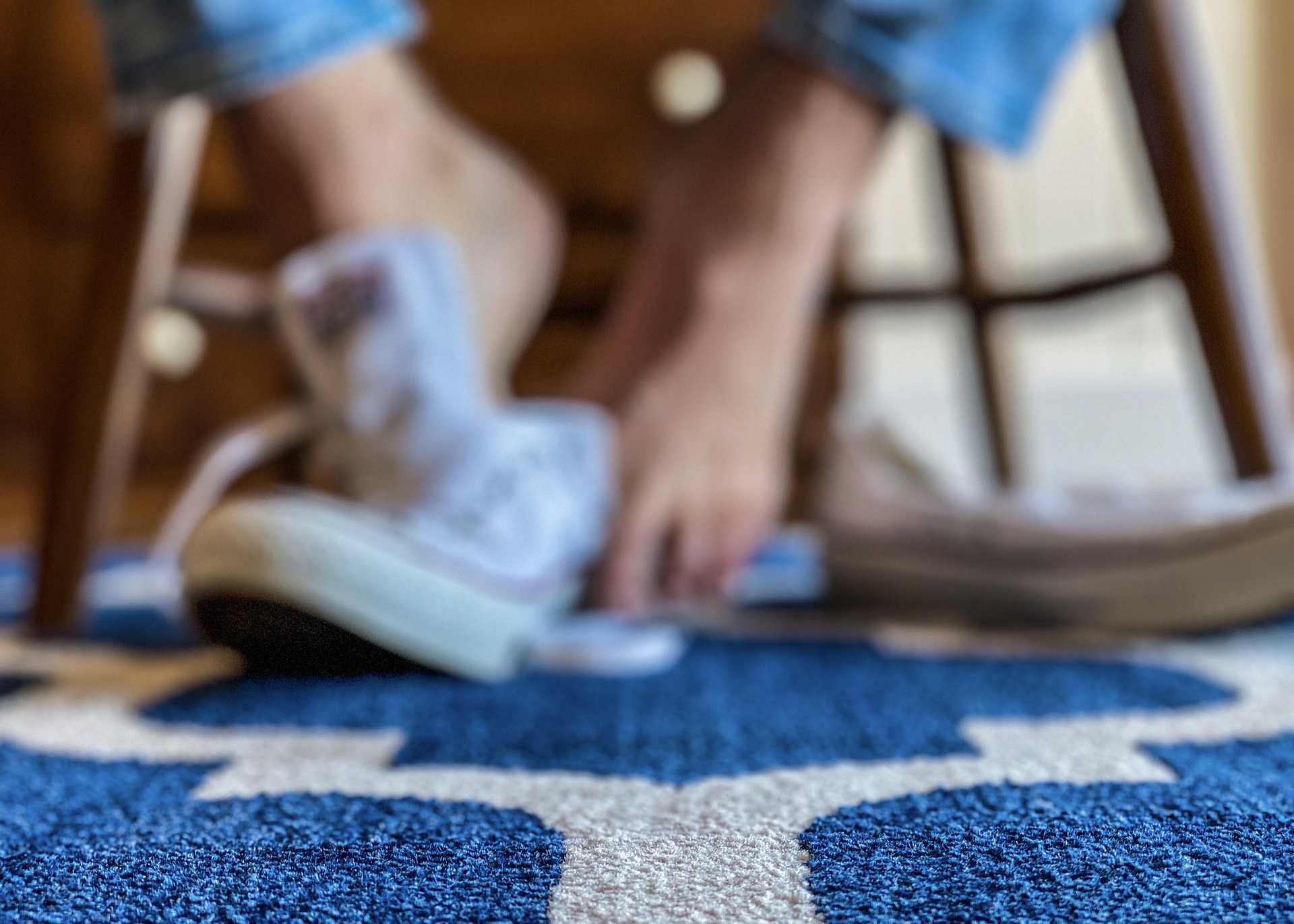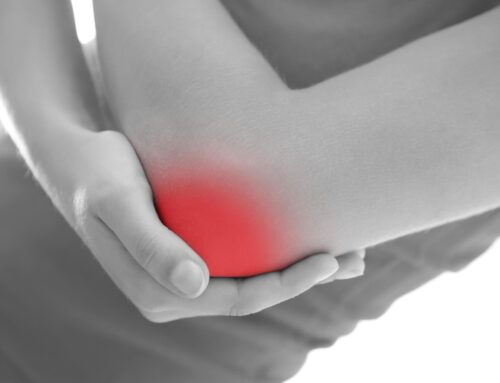Foot health is a cornerstone of overall well-being, yet its importance is often overlooked until problems arise. Proper footwear is not merely a matter of comfort; it’s a critical factor in preventing a range of foot disorders that can affect mobility, quality of life, and general health.
These disorders, encompassing everything from minor bunions and corns to more severe conditions like plantar fasciitis and diabetic neuropathy, are common issues that impact millions of people worldwide. The root cause of many of these conditions can frequently be traced back to the use of ill-fitting or inappropriate footwear.
Pedorthists and Podiatrists/Chiropodists are specialists who play important roles in the realm of foot health. Pedorthists are healthcare professionals specializing in the use and fitting of footwear and orthotic devices to address conditions related to the foot and lower limbs. They focus on the preventive and accommodative measures against foot disorders through the proper selection and modification of footwear.
On the other hand, Podiatrists and Chiropodists are foot doctors who diagnose and treat specific foot and lower limb conditions, often working closely with Pedorthists to provide comprehensive care.
Together, these professionals form a critical support system for individuals seeking to prevent or manage foot disorders through the right choice of footwear and orthotic solutions.
Types of Foot Disorders
Foot disorders encompass a wide range of conditions that can cause discomfort, pain, and mobility issues. These disorders can vary in severity from mild annoyances to serious conditions that require medical intervention. Below is a look at some of the most common foot disorders and how improper footwear can play a role in their development or exacerbation.
Plantar Fasciitis
This is one of the most common causes of heel pain, resulting from inflammation of the plantar fascia, the thick band of tissue that runs across the bottom of your foot and connects your heel bone to your toes. Ill-fitting shoes with inadequate arch support can contribute to this condition by placing excessive strain on the plantar fascia.
Bunions
A bunion is a bony bump that forms on the joint at the base of the big toe, causing the big toe to push against the next toe. Tight, narrow shoes can exacerbate this condition, leading to pain and deformity.
Corns and Calluses
These are areas of thickened skin that form to protect the foot against pressure and friction. Shoes that are too tight or too loose can cause friction, leading to the development of corns and calluses.
Hammer Toe
A deformity where the toe is bent at the middle joint. It is often caused by wearing shoes that are too short, forcing the toe into a bent position. If left untreated, a hammer toe can become fixed and require surgery.
Achilles Tendonitis
Inflammation of the Achilles tendon, often caused by shoes with poor heel support, can lead to this condition. It’s common among athletes and individuals who suddenly increase the intensity of their activities without proper footwear support.
Diabetic Neuropathy
People with diabetes can develop Diabetic Neuropathy, which causes a loss of sensation in the feet. Ill-fitting shoes can lead to ulcers and wounds that may not be immediately noticeable due to the lack of sensation, leading to serious infections.
Improper footwear can not only exacerbate these conditions but also contribute to their development. Shoes that fail to provide adequate support, that are too tight, or that do not fit the shape of the foot properly can lead to abnormal walking patterns, undue stress on certain areas of the foot, and ultimately, to the development of foot disorders.
Footwear to Prevent Foot Disorders
The significance of choosing the right footwear cannot be overstated when it comes to preventing foot disorders. Proper shoes play a pivotal role in maintaining foot health, offering protection against injuries, and ensuring comfort during daily activities. Understanding the elements of support, fit, and material is essential in selecting shoes that contribute to rather than detract from foot health.
Support
Shoes with good support help in distributing weight evenly across the foot, reducing pressure points, and preventing abnormal foot mechanics. Adequate support in the arch area prevents the foot from overpronating (rolling inward excessively) or supinating (rolling outward), which are common causes of plantar fasciitis and other foot ailments.
Fit
A proper fit is crucial. Shoes that are too tight can lead to conditions like bunions, hammertoes, and corns, while shoes that are too loose can cause the foot to slide and rub, leading to blisters and calluses. Furthermore, a good fit ensures that the foot is securely positioned within the shoe, providing stability and preventing injuries.
Material
The material of the shoe affects its breathability, flexibility, and durability. Materials that allow air to circulate can help prevent the buildup of moisture and reduce the risk of fungal infections. Flexible materials can accommodate the natural movement of the foot, while durable materials can provide protection and support over time.
What Makes a Shoe “Right”?
Selecting the right shoe involves more than just picking the correct size. Below are key features to look for:
- Adequate Arch Support: Ensures the foot is supported where it naturally arches, reducing strain on the plantar fascia.
- Roomy Toe Box: Allows toes to spread naturally without constriction, reducing the risk of bunions, hammertoes, and other toe disorders.
- Proper Fit: Shoes should fit snugly around the heel and midfoot, with about a thumb’s width of space between the longest toe and the front of the shoe to allow for movement and natural foot expansion throughout the day.
- Quality Materials: Look for materials that offer a balance of breathability, flexibility, and durability to ensure the shoe performs well in various conditions and over time.
By prioritizing these characteristics when selecting footwear, individuals can significantly reduce their risk of developing foot disorders. Shoes that provide the right level of support, fit properly, and are made of quality materials can help maintain foot health, allowing for a more active and pain-free lifestyle.
Expertise of a Pedorthist
Pedorthists are healthcare professionals specializing in the assessment of lower limb anatomy and biomechanics, and the use of footwear and orthotic devices to address conditions that affect the feet and lower limbs. They play a critical role in promoting foot health, preventing foot disorders, and providing relief from various foot-related conditions.
What a Pedorthist Does
A Pedorthist’s primary focus is on the preventative and rehabilitative care of the foot through non-invasive treatments. They are trained to:
- Conduct comprehensive assessments of the foot and lower limb, including gait analysis to understand the mechanics of how someone walks or runs.
- Design, fit, and modify footwear and orthotic devices to treat and prevent foot problems.
- Provide advice on the selection of footwear to ensure it meets the individual’s specific needs, whether for daily activities, sports, or work.
- Work with patients suffering from diabetes, arthritis, and other conditions that can affect the feet, providing solutions to improve comfort and mobility.
How a Pedorthist Can Help Select the Right Footwear
Choosing the right footwear is a science as much as it is an art. A Pedorthist can:
- Recommend shoes based on foot shape, size, and specific conditions or disorders.
- Suggest modifications to existing footwear to improve fit and function.
- Design custom orthotics that fit into shoes to address individual biomechanical issues, distributing pressure evenly across the foot to prevent and alleviate pain.
- Educate on the features of good footwear and what to avoid based on one’s foot health profile.
Pedorthist vs. Podiatrist/Chiropodist
While Pedorthists and Podiatrists/Chiropodists both focus on foot health, their roles and approaches differ.
Differences
- Pedorthists specialize in the use of footwear and orthotic devices to support or correct the anatomical structure of the foot and its biomechanical function. They do not perform surgery or prescribe medications.
- Podiatrists/Chiropodists are medically trained to diagnose and treat foot diseases and disorders. They can perform surgeries, prescribe medications, and provide treatments such as nail care and removal of calluses.
Similarities
- Both work to improve foot health and can provide complementary care in many cases.
- They may collaborate in the treatment of patients, especially those with complex or chronic foot issues.
When to Consult Each Professional
- Consult a Pedorthist if you need expert advice on footwear, require custom orthotic devices, or have conditions like plantar fasciitis, flat feet, or diabetes-related foot concerns that can be managed with the right support and footwear.
- See a Podiatrist/Chiropodist for medical treatment of foot conditions, such as fungal infections, ingrown toenails, or if you suspect you have a foot injury or deformity that may require medical or surgical intervention.
Making the Right Choice
Selecting the right footwear is a crucial step in maintaining foot health and preventing disorders. Consulting with footwear professionals, such as Pedorthists, can make a significant difference in your overall foot health strategy. Here are some tips for consulting with these specialists and the importance of regular foot assessments.
Tips for Consulting with Footwear Professionals
- Prepare a History of Your Foot Health: Before your appointment, compile any relevant information regarding your foot health, including past injuries, current discomforts, and the types of activities you regularly engage in. This information will help the professional tailor their advice specifically to you.
- Be Open About Your Needs and Lifestyle: Share details about your daily activities, work requirements, and any sports or hobbies you participate in. This context allows the professional to recommend footwear that suits your lifestyle and meets your needs.
- Ask Questions: Don’t hesitate to ask for explanations about certain types of shoes, materials, or orthotic options. Understanding the reason behind each recommendation will help you make informed decisions about your footwear.
- Consider Multiple Options: There may be more than one suitable footwear option for your needs. Be open to trying different styles, brands, or customizations to find the best fit and support.
- Follow Up: If you receive custom orthotics or specific shoe recommendations, schedule a follow-up appointment to assess how well they are working for you. Adjustments may be necessary as you start to wear them.
Importance of Regular Foot Assessments
- Early Detection of Potential Problems: Regular assessments can help identify the early signs of foot disorders before they become more serious. Early intervention can prevent conditions like bunions, plantar fasciitis, and hammertoes from worsening.
- Adjustments to Footwear as Needed: Our feet and our needs can change over time due to age, health conditions, or lifestyle changes. Regular check-ups ensure that your footwear continues to meet your needs effectively.
- Optimal Foot Health: Regular assessments by a foot health professional can guide you in maintaining optimal foot health, advising on the best practices for foot care, and adjusting your footwear strategy as your life and needs evolve.
- Preventative Care: These assessments offer an opportunity for preventative care, helping to avoid the discomfort and limitations associated with foot disorders. By regularly consulting with a professional, you’re taking proactive steps to maintain your mobility and quality of life.
Making the right choice in footwear, with the guidance of professionals and through regular foot assessments, is a proactive approach to foot health that can lead to a lifetime of comfort and mobility.
Prevention is Key
The foundation of foot health lies in prevention, with proper footwear playing a central role in safeguarding against foot disorders. The journey to maintaining healthy feet starts with understanding the critical importance of choosing shoes that not only fit well but also provide the necessary support and protection for your specific lifestyle needs.
Role of Proper Footwear
Proper footwear is not just about comfort; it’s about prevention. Shoes that fit well and offer adequate support can prevent a myriad of foot problems, from the common discomfort of blisters and corns to more serious conditions like plantar fasciitis and bunions. The right shoes can help distribute weight evenly across your feet, reduce pressure points, and accommodate your foot’s natural shape and movements, thereby minimizing the risk of foot disorders.
Importance of Professional Guidance
While understanding the basics of what makes for good footwear is a great start, consulting with professionals like Pedorthists or Podiatrists/Chiropodists can provide deeper insights tailored to your unique foot health needs. These specialists can:
- Assess your foot structure, gait, and biomechanics.
- Recommend specific types of footwear or custom orthotics.
- Provide advice on foot care practices to prevent disorders.
Their expertise is invaluable in not only addressing existing foot concerns but also in preventing future problems. They can guide you towards making informed decisions about your footwear, ensuring that your shoes contribute positively to your overall foot health.
Encouragement to Take Action
Preventing foot disorders starts with you. Take the first step towards healthy feet by:
- Choosing the right footwear based on fit, support, and material.
- Scheduling regular foot assessments with a professional.
- Being proactive about foot care and seeking advice when issues arise.
The health of your feet affects your overall quality of life. By prioritizing proper footwear and seeking professional advice, you’re investing in your ability to stay active, comfortable, and pain-free. Prevention is key to foot health, and with the right approach, many foot disorders can be avoided altogether.
Stepping Forward in Foot Health
Proper footwear acts as the first line of defense against the development of foot disorders. Shoes that provide adequate support, fit well, and are made from quality materials can significantly reduce the risk of foot ailments. Moreover, consulting with foot health professionals like Pedorthists and Podiatrists/Chiropodists is not just beneficial but crucial in making informed decisions about foot care. These experts bring a depth of knowledge and understanding that can transform your approach to foot health, offering personalized solutions that off-the-shelf shoes simply cannot match.
Don’t wait for discomfort to become a daily reality before you take action. Prioritize your foot health now by choosing footwear that supports and protects your feet and by seeking the expertise of professionals who can guide you towards the best options for your individual needs.
Ready to put your best foot forward? Book an appointment with Care-Med and take the first step towards a future of comfort, mobility, and optimal foot health. Our team of certified professionals and caring staff are dedicated to providing you with an exceptional experience, tailored to your specific foot health needs. Let us help you navigate the path to better foot health, ensuring that every step you take is one towards a healthier, more comfortable life.
Share This Story, Choose Your Platform!
Table of Contents
We specialize in orthotics, body braces, and compression wear tailored to your unique needs in Toronto. Reach out to us at info@caremed.care or call 416-782-5353 to book your fitting and consultation.
Experience the difference of customized solutions designed just for you.











